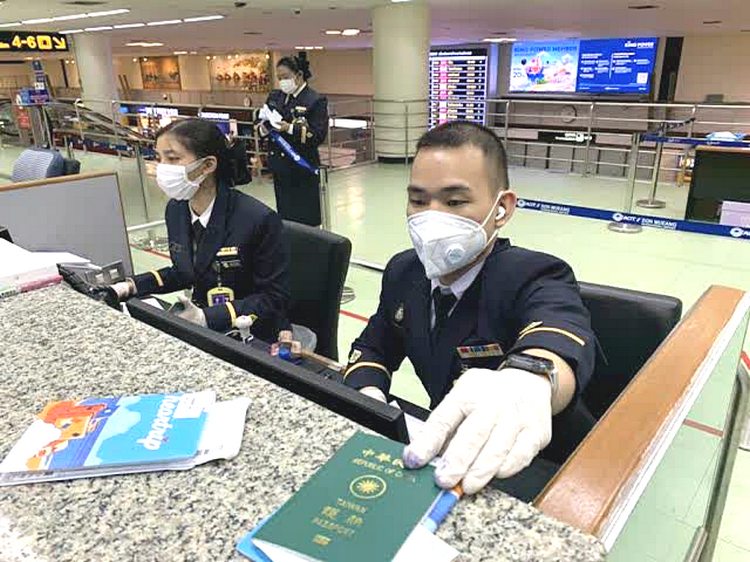Understanding the Cost of Motorbike Taxis in Thailand
Motorbike taxis represent an increasingly popular mode of transport in Thailand, particularly amongst tourists and locals seeking an affordable and efficient way to navigate busy streets. The cost of motorbike taxis in Thailand can vary significantly depending on several factors, including the distance of travel, the time of day, and proximity to popular tourist hotspots. In general, fares may start as low as 20 to 40 Thai Baht for short distances, but can increase based on the journey’s length or if it takes place during busy traffic hours.
One essential aspect to consider when using motorbike taxis is the geographical context. In metropolitan areas like Bangkok, where congestion is prevalent, fares may be higher than in rural regions where distances are greater but traffic is lighter. Additionally, the time of day plays a crucial role; fares around peak commuting hours or during special events can be elevated due to demand. As a tourist, becoming familiar with typical routes and their associated costs can greatly enhance the overall experience of using transport options in Thailand.
Negotiating fares before embarking on a ride is advisable. It is customary to discuss the cost upfront with the motorbike taxi driver, which fosters transparency and helps avoid misunderstandings. Confirming the fare ensures that there are no surprises at the end of the journey. Travelers may also want to compare motorbike taxi costs with other transport options in Thailand, such as songthaews or tuk-tuks, to make informed decisions about their travel. Understanding the nuances of pricing not only contributes to a more pleasant journey, but also enhances the experience of navigating Thailand’s bustling streets.
How to Find and Book a Motorbike Taxi
Finding and booking a motorbike taxi in Thailand can be accomplished through several methods, each offering unique advantages and challenges. The most traditional approach is street hailing, where travelers can simply wave down an available rider. This method allows for immediate service and the potential for negotiating fares directly; however, it can be time-consuming in busy areas where many want to utilize these affordable transport options in Thailand.
For a more modern approach, mobile applications have gained popularity, providing a user-friendly interface for booking rides. Apps like Grab and Gojek facilitate the process by showing estimated fares upfront and allowing users to pay electronically. This can alleviate communication hurdles, especially for those who might face language barriers. On the downside, travelers unfamiliar with app-based services may initially find them confusing. It’s advisable to download and familiarize oneself with these applications before embarking on a journey in Thailand.
Local Taxi Services can Provide Another Option
Alternatively, contacting local taxi services can provide another option when seeking motorbike taxis or transfers from the Airport. Many established taxi companies in Thailand offer dedicated motorbike services, which can be booked via phone. This method often ensures a more reliable transport experience, but may not provide the competitive pricing found with street hailing or app-based options.
Regardless of the method chosen, adhering to safety protocols is vital. Users should always wear helmets, which are typically provided by riders, and ensure their destination is clearly communicated. Confirming the taxi’s registration details and the driver’s identity can also enhance personal safety during the ride. Choosing the right booking approach in conjunction with following safety precautions will enhance the experience of using motorbike taxis in Thailand.
Safety Precautions When Using Motorbike Taxis
Utilizing motorbike taxis in Thailand presents an efficient way to navigate the bustling streets; however, it is imperative for passengers to prioritize their safety. The first step involves wearing a helmet, as it significantly reduces the risk of head injuries in the event of an accident. Thailand law mandates helmets for both the rider and the passenger, and it is advisable to ensure that the helmet provided is in good condition. Passengers should not hesitate to request a replacement if the helmet appears damaged or ill-fitting.
Another important precaution is to inspect the condition of the motorbike before commencing the ride. Look for any signs of wear and tear, such as worn tires, malfunctioning lights, or other mechanical issues. It is best to choose well-maintained vehicles to minimize the likelihood of breakdowns or accidents during travel.
Understanding and adapting to the local traffic patterns also plays a critical role in ensuring a safe journey. Thailand’s roads can be chaotic, particularly in urban areas. Passengers should be aware that motorbike taxi riders often weave through traffic, which may seem unsettling, but is a common practice intended to avoid congestion. Clear communication with the driver is essential; verbally confirming the destination and discussing any route preferences can help prevent misunderstandings and enhance safety.
Additionally, it is vital to remain vigilant and aware of surroundings throughout the ride. Passengers should avoid distractions, keep belongings secure, and refrain from using their phones or engaging in activities that would divert their attention from the road. Moreover, if adverse weather conditions such as heavy rain or strong winds are present, it is advisable to reconsider taking a motorbike taxi, as these conditions exacerbate the risks involved. Statistics reveal that road accidents are prevalent in rainy seasons, underscoring the necessity of adhering to safety measures while using transport options in Thailand.
Common Etiquette and Tips for Riding a Motorbike Taxi
When utilizing motorbike taxis in Thailand, understanding local etiquette is essential for a pleasant and respectful experience. Greeting the driver is one of the first interactions that set the tone for your journey. A simple nod or a friendly “Sawasdee krub” for males or “Sawasdee ka” for females serves as an appropriate salutation. This small gesture not only fosters respect but also acknowledges the driver’s role in your transport options in Thailand.
When it comes to seating, passengers typically sit behind the driver. It is crucial to maintain a steady posture and avoid sudden movements that could affect the driver’s balance. Wearing appropriate attire is also important; comfortable clothing and closed-toe shoes are advisable. For safety, do not forget a helmet, as some motorbike taxi drivers may provide one, but it is wise to ask beforehand. If you carry a bag or belongings, secure them between you and the driver or opt for a small, manageable backpack to ensure you do not impede the driver’s movements.
Cash is King
Payment is another aspect that requires consideration. Agree on a fare before starting your journey, as this practice helps avoid misunderstandings. Motorbike taxi costs in Thailand vary based on distance, so be prepared to negotiate the price in a friendly manner if necessary. Cash is often preferred, so ensure you have small notes available, which aids in a smoother transaction. It is also beneficial to learn a few Thai phrases to communicate effectively with the driver; words like “Dao” (go) and “Yood” (stop) can enhance your ability to navigate your ride seamlessly.
Overall, showing respect for local customs and practicing these etiquette tips will enrich your experience while ensuring a comfortable and enjoyable way to explore Thailand’s streets.







